Table of Contents
Get the Highlights and the Lowlights All in One Retrospective
Imagine if you could discover all the best moments and worst experiences of the last sprint or project. Now, suppose you could seize those highlights and avoid the lowlights in your next endeavor. You can accomplish both of these objectives courtesy of the Highlights and Lowlights retrospective.
Project managers and owners can then use the insights to optimize the next project, while their team can stay conscious of ideal processes and avoidable consequences. Follow along to learn more about Highlights and Lowlights, how it will benefit your team, and how to carry it out perfectly.
What Is the Highlights and Lowlights Template?
The Highlights and Lowlights template is an excellent launch point for significant improvement. Through guided discussion, the team can talk about the highlights and lowlights of the previous sprint or project.
Effectively, this retrospective accomplishes three main goals:
- Identify and understand what went well: It will allow management and the team to better understand how they succeeded with specific tasks, how they generated impressive outcomes, what they struggled with the most, and how it resulted in poor results.
- Identify and understand what could be improved: It will allow management and the team to think about how they can add more great moments and avoid the same challenges, pitfalls, or struggles in their next sprint or project.
- Celebrate successes and recognize contributions: It will help the team focus on who made highlights possible and who made lowlights better, giving certain individuals the appreciation they deserve and providing the team with optimism about the next spring or project.
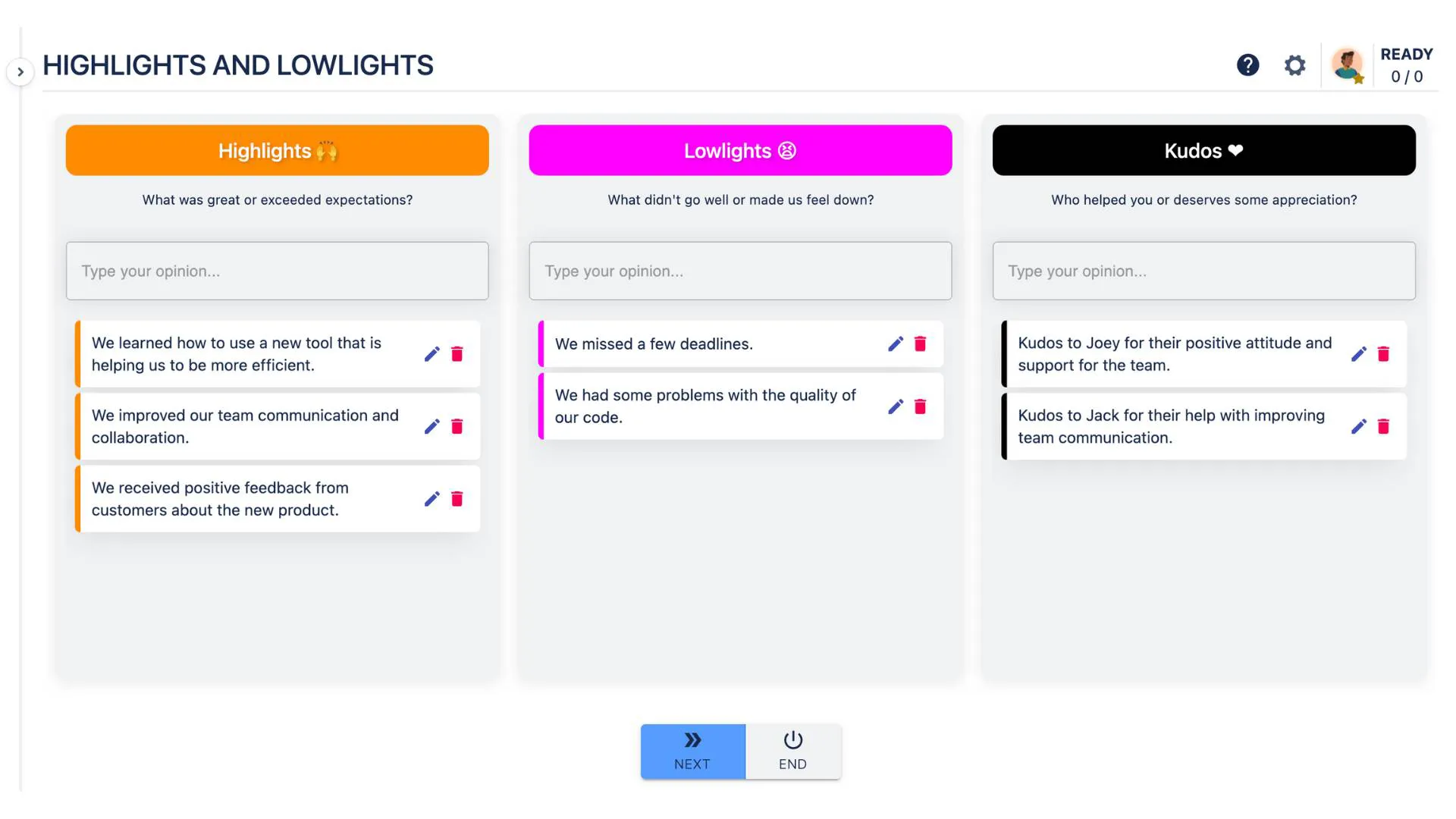
→ Related content: SWOT Analysis Retrospective
What Is the Highlights and Lowlights Format?
The Highlights and Lowlights format allows team members to reflect on their previous sprint or project by providing three main prompts. Under each label, individuals can place people, moments, activities, events, tasks, attitudes, and behaviors. Let’s look at each category more carefully:
Highlights
Highlights look at the best moments. It may ask about the team’s best moments, an individual’s personal best moments, or both. It may be helpful for management to provide two separate categories if they are interested in learning about both; the team may not naturally place both into the same category.
Reflection questions include:
- When did you work well together as a team?
- What were your biggest accomplishments?
- What risk paid off the most?
- What changes improved work processes or outcomes?
- What were you most proud of?
- When were you most engaged with the work?
- What do you or your team deserve recognition for?
- What helped you accomplish your work?
Example: Removing notifications from our messaging system allows me to focus on my work. I was impressed with how such a simple change improved my and the entire team’s productivity this quarter.
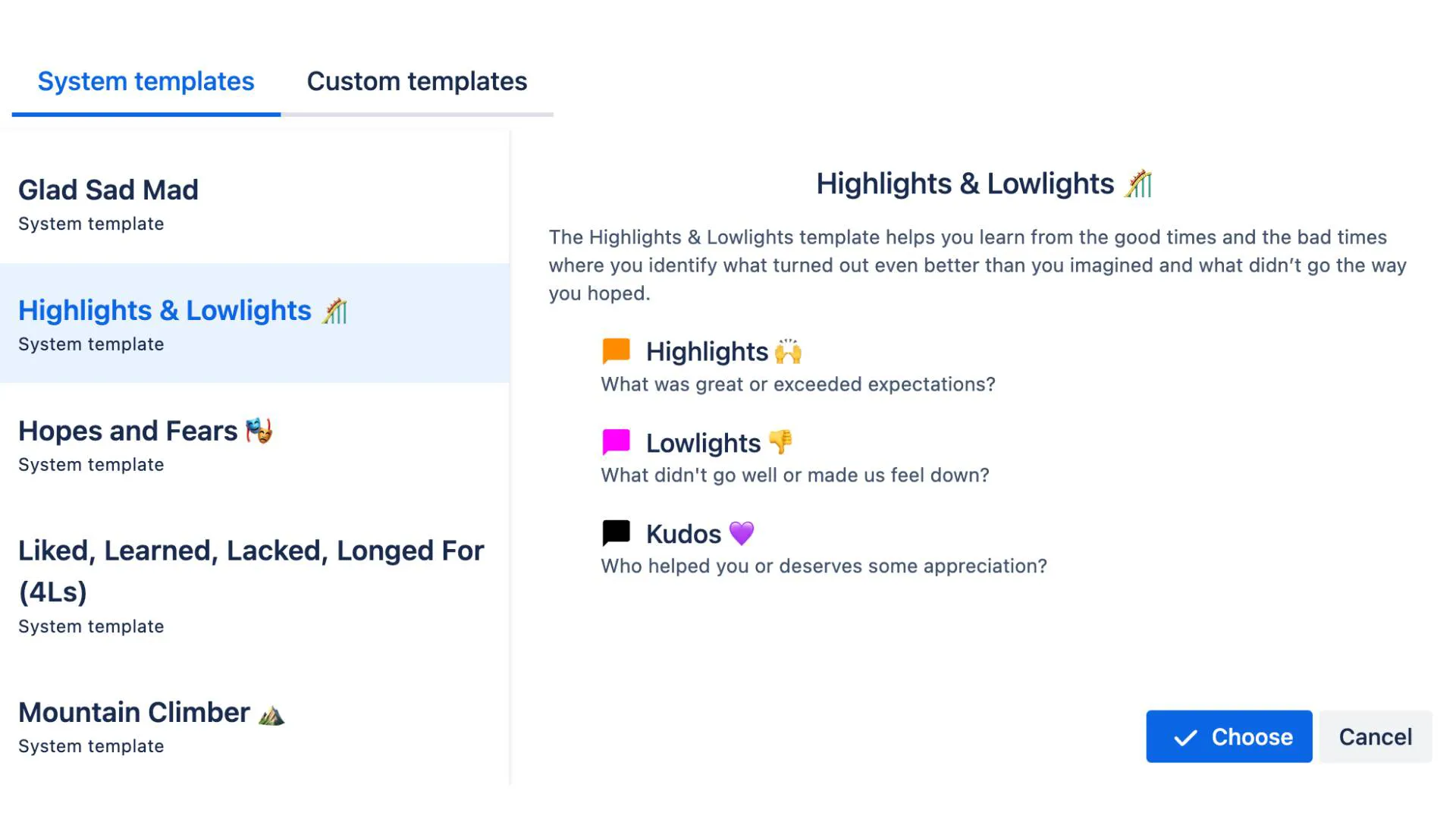
Lowlights
Lowlights look at the worst moments. Similar to Highlights, it may look at the team’s worst moments, an individual’s personal worst moments, or both.
Get started with these thought-provoking questions:
- What stressed, frustrated, discouraged, or disappointed you?
- What did not go well in terms of work processes or work outcomes?
- When did you feel most challenged?
- What were your major struggles?
- When did you feel like you did not do your best work? What contributed to that?
Example: It frustrated me that we had so many problems completing the tasks in the last sprint. There was a lack of clarity and direction.
Naturally, these types of questions may bring up negative feelings or bleak outlooks. For this retrospective to be successful and helpful, it is important to encourage optimism. If time permits, you may wish to include a brainstorming session on the lowlights. How can these items be improved or avoided in the next sprint or project? What would make the experiences better even if confronted with similar challenges? What support, resources, or tools does the team need to successfully manage similar struggles?
Example: This sprint was not clearly defined or laid out. Team members should feel free to reach out to management if there are similar challenges. There should be an authority available to answer questions periodically during the work day.
Kudos
Typically, the retrospective starts with Highlights leans into Lowlights, and finishes on a positive note with Kudos. Kudos are an additional category to call out individuals who made all the difference in the last sprint or project or helped other team members personally. Again, you may choose to separate this category into two separate ones for further clarity.
Certain teams may struggle with the Kudos category, so it can be helpful to provide questions such as:
- Who made the highlights possible? Who contributed the most to the highlights?
- Who sparked positivity, or encouraged positive outlooks during lowlights?
- Who turned the lowlights around? Who helped us get through the lowlights?
- Who should be recognized or applauded for their efforts?
- Who has made your work experience better?
- Who has helped you through tough times at work?
Example: During September, we were struggling with a large amount of work with a hard deadline. Christopher made sure that we all knew how much we had progressed every day, helping us keep our spirits and productivity high.
→ Related content: Retrospective Ice Breakers
How Can Highlights and Lowlights Help Your Team?
There are three main benefits to adopting the Highlights and Lowlights template for your next retrospective:
- To end on a good note: While Highlights and Lowlights can be used for a sprint, it is typically better to use it for an extended period of time. It can be a great way to cap a project, a quarter, or a year. It helps teams feel good about themselves and cement excellent memories.
- To look forward to the next project: In the same manner, it sets up a strong foundation for the next project or year ahead. It reminds everyone of their strong suits, their best moments, and how they can take advantage of them in the following period.
- To improve: One of the main goals of the Highlights and Lowlights template is to find out how to improve in the next project. It provides honest insights and truths that may not be revealed in a common retrospective.

→ Try out the Highlights and Lowlights Template with Agile Retrospectives by AgileBox
Tips for Using Highlights and Lowlights
The Highlights and Lowlights retrospective follows three main prompts, making it simple and straightforward for most to run and follow. Maximize the benefits by using these tips:
- Develop a Safe Space First: For Highlights and Lowlights to work correctly, your team should feel safe sharing with each other openly and honestly. It takes time to develop this kind of space. Run other retrospectives encouraging team bonding and sharing before considering Highlights and Lowlights.
- Reflect Anonymously: Team members should always be given anonymity during the reflection stage. It encourages individuals to think for themselves and to be completely honest.
- Add a Vote: Voting is the best way to choose items for discussion. In particular, you may wish to use voting for the Highlights and Lowlights section on an optimistic note. Unless you have a very large team, Kudos should not include a vote.
Next post we will discuss about Mountain Climber retrospective template


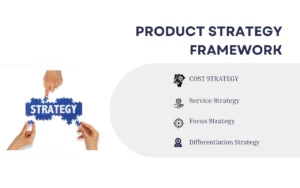
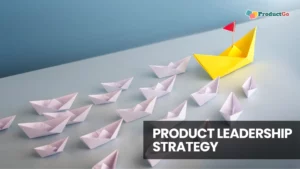
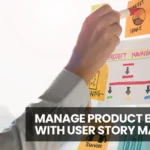

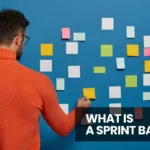
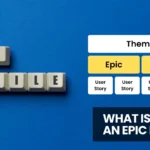
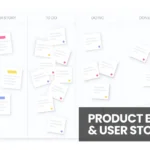


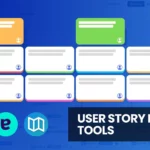


2 Comments. Leave new
I am continually looking online for articles that can facilitate me. Thank you!
Great post. I was checking continuously this blog and I am impressed! Extremely helpful info particularly the last part I care for such info a lot. I was looking for this certain info for a long time. Thank you and best of luck.